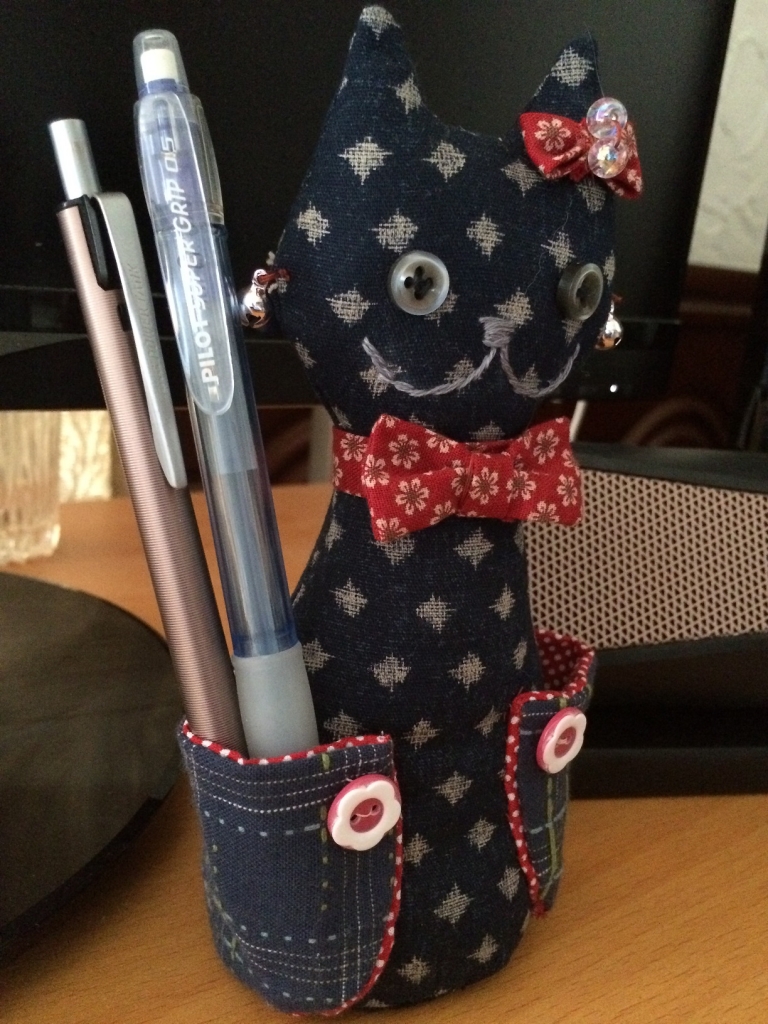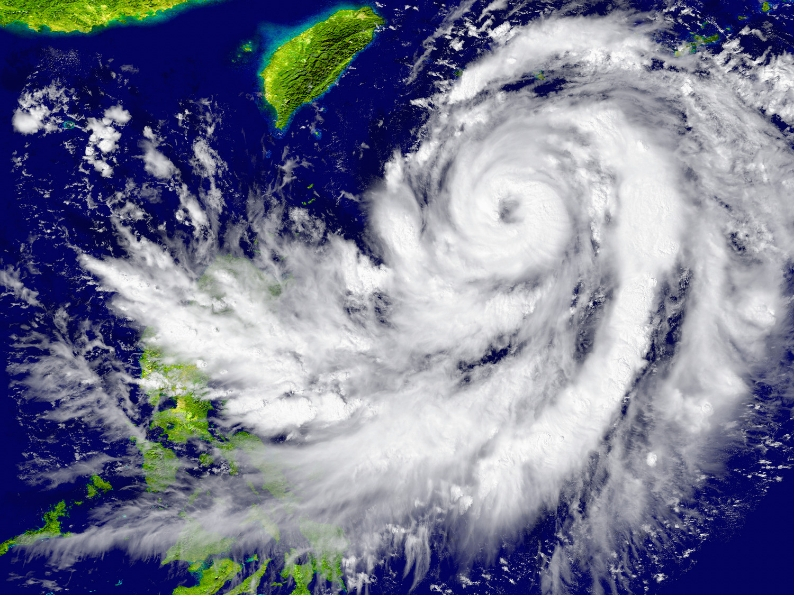It was in November last year when I found the new live streaming app called Periscope.
I had heard of live video streaming platforms available at that time, but none of them were appealing to me. I could not understand the significance of having additional TV-type broadcasts that apparently did not have the quality of TV programs.
However, I happened to watch live streaming video from Paris on the next day after the terrorist attack, and that blew away my stereotype image of live streaming.
Her broadcast showing the places where the massacre occurred was shocking to me, but I didn’t quite understand why her live-videos grabbed my heart so strongly. I recognized the reason why after a day or so, when TV reporters from all over the world arrived in Paris and started broadcasting the news.
Professional news reporters are trained, as a matter of course, not to show their emotions while on air. Instead, they are expected to convey information within a limited time. But the live-streaming video I watched was totally opposite. It conveyed her emotions, not information.
It’s been about 7 months since I started broadcasting on Periscope, and I now believe that live streaming video will be the world changer just like homepages. It is so easy to connect with people literally all over the world and that made me very much interested in their culture and history, and that in turn, let me learn more about our own culture.
I probably did not think about creating this website without my experience on Periscope.
Now that Facebook is pouring much of its resources to promote its live streaming function and YouTube announced its new app for live streaming, it seems to me that they think that their future lies in this particular area. Should you have a stereotyped image that watching live streaming is a waste of time, trust me and download Periscope app to your smartphone and start following some of the recommended accounts.
Seeing is believing 🙂







 There is a cultural gap so wide between the Japanese and Westerners that neither even know it’s there. The meaning of “hai” in Japanese is a very good example.
There is a cultural gap so wide between the Japanese and Westerners that neither even know it’s there. The meaning of “hai” in Japanese is a very good example.